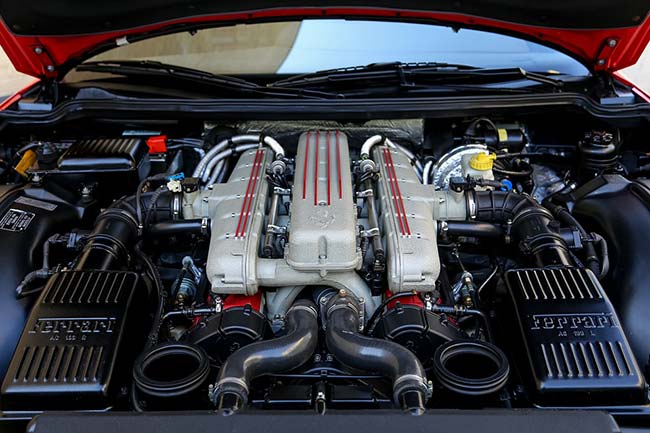As of recently, there has been much talk about car safety.
Talking into consideration that, in spite of all the measures and awareness campaigns, the number of car accidents is on the rise, these concerns are more than reasonable.
So, the question remains, what can we do to improve these numbers?
Enforcing penalties, working on improving drivers’ skills, and making the signs more distinct are all workable solutions.
But, the fact remains that all these mentions are worth very little if the vehicles we are driving are in poor shape.
Let us then take a look at some of the essential car maintenance tips that will move this basic issue off the table.
Article Chapters
Check the Tyres
Being mounted on the wheels, tyres have a tremendous impact on the performance of your vehicle.
Be sure then to do frequent safety checks and cut all the possible problems in the root.
- First, check the tyre depth. If you have a problem determining are they ok, you can use a penny coin as a reference point. The tyre should cover at least the third of the coin.
- Second, do a quick pressure check. Remove the cap, press the gauge, wait for the hissing to stop, and then read the pressure. Compare this reading to the recommended numbers you can find in the manual.
- Finally, give the tires close visual inspection and look for any signs of damage, scrapes, cuts, and punctures.


Inspect the Engine
Since it’s a far more complicated component than a tire, major engine interventions should be left to professionals.
However, there are some small fixes you can do for yourself.
For instance, most of the Check Engine alerts occur due to problems with components like camshafts.
Getting premium brands like Crow Cams from T.I. Performance and similar suppliers is relatively easy, and installing new camshafts is even easier.
So, in cases like this, you can avoid expansive interventions at your mechanic.
Replace the Fluids
Although they sound relatively menial in the grand scheme of an intricate car mechanic, various fluids play a huge role in making this whole system work.
Do your best to give them a check at least once a month.
Let’s take a look at the top three solutions you should keep in focus:
- Engine Oil – In most of the cars, this check is performed by using a dipstick. If you are losing oil faster than expected, visit a mechanic. Otherwise, the oil should replace every 3000 miles of six months.
- Coolants – Coolants can be easily inspected if you simply remove the radiator cap. The current liquid level is measured against the internal indicator. The coolants should be completely replaced every two years.
- Power steering fluid – Just pop the hood and do a quick visual check by looking at the reservoir. In this case, you won’t need to replace the fluid on a regular basis, but make sure to constantly keep it topped.
Other important mentions you should keep in mind are brake fluid, transmission fluid, and windshield washer.


Keep the Brake System in Shape
First and foremost, you will need to frequently inspect the brake discs and make sure they are fully functional.
The more often you do it, the better, but let’s say every three months is an acceptable frequency.
Second, make sure the brakes are well-lubricated and resistant to rust.
Finally, use brakes properly to extend their lifespan and efficiency.
If you can, rely on the slowdowns rather than immediate stops and avoid cadence breaking.
Instead apply the pressure gradually, release it and apply again until the vehicle is brought to a halt.
Of course, the issue of road safety and car maintenance is far more complicated than these couple of mentions and even extends to ancillary systems like air-conditioning.
But, all these things are important up to an extent.
The four maintenance tips we gave you are absolutely crucial for any semblance of safe driving.
Be sure to always keep them in mind and do your best to keep your four-wheeler in good shape.
All of your efforts will be well-rewarded.

